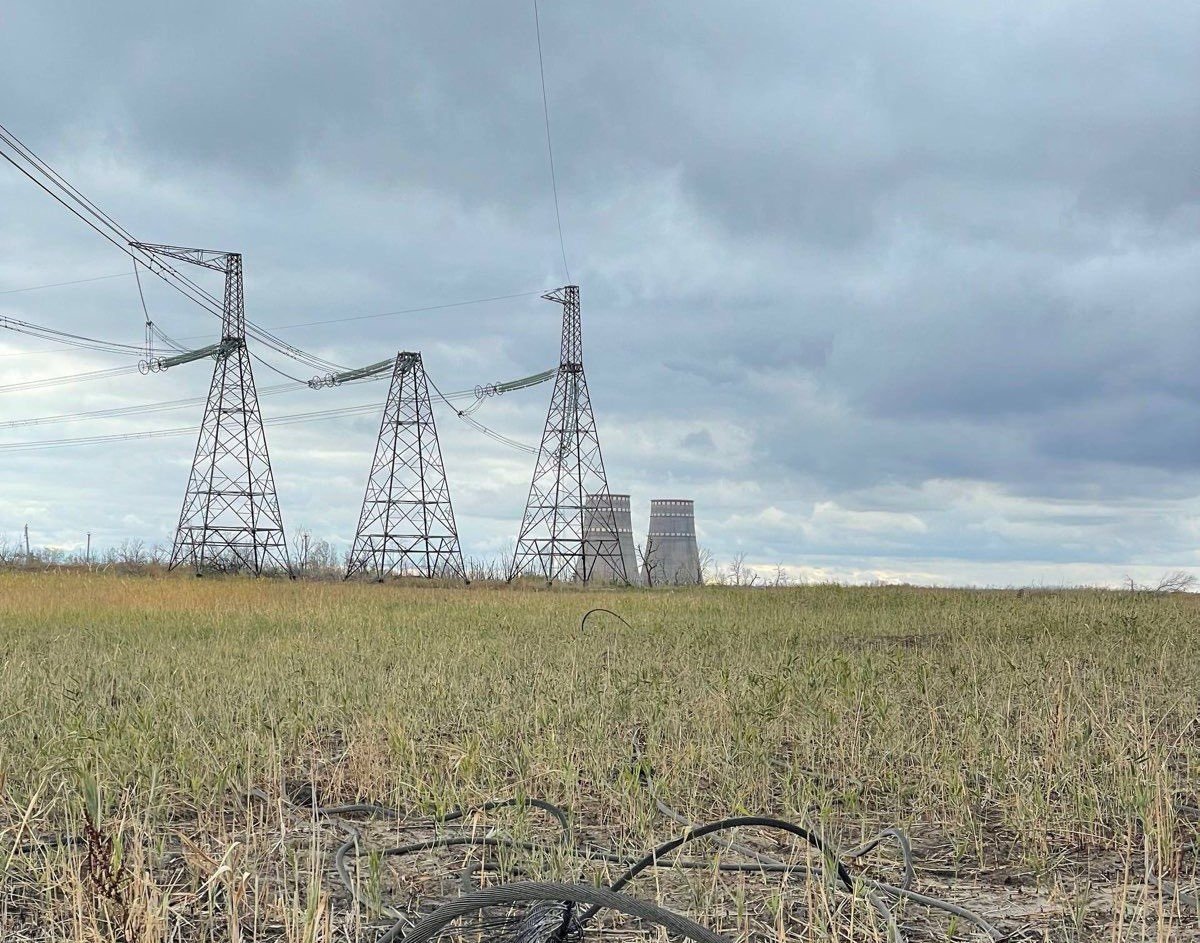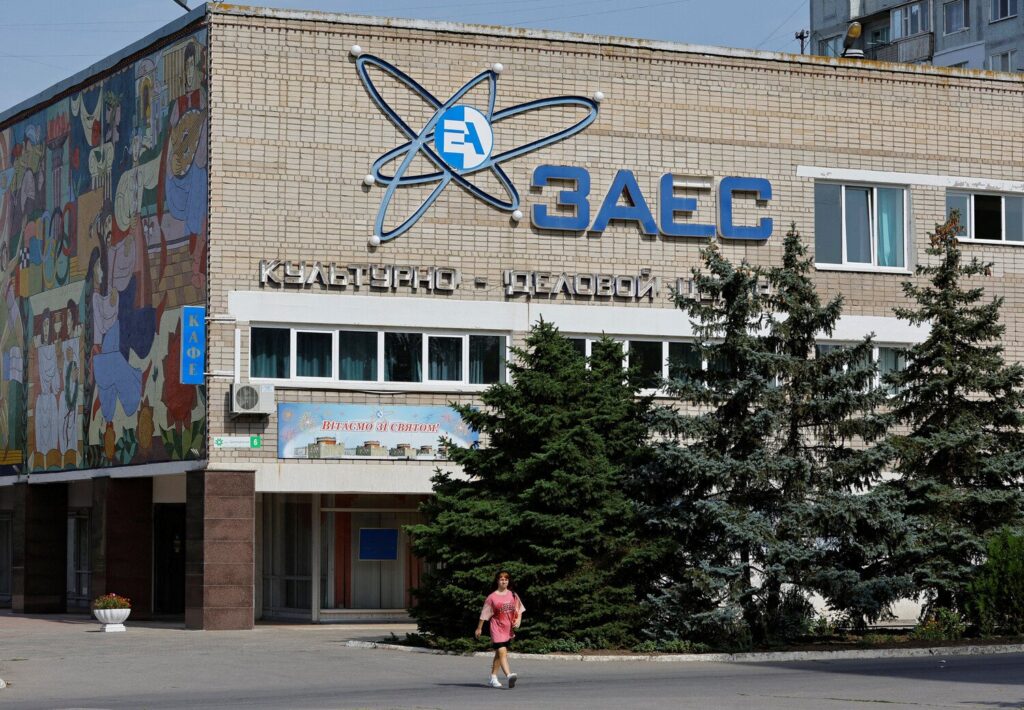ZNPP reconnected to the Ukrainian power grid: how the plant was brought out of record blackout
23 October 12:56
Zaporizhzhia Nuclear Power Plant, the largest in Europe, has been reconnected to the Ukrainian power grid after a month-long blackout. This was announced by Energy Minister Svitlana Hrynchuk, who called the event unprecedented and critical for the country’s energy security, "Komersant Ukrainian" reports
This was the tenth blackout of the plant since the beginning of the full-scale invasion, and the longest one – it lasted exactly one month. All this time, ZNPP operated only on emergency diesel generators, which is an extreme safety mode and cannot support the normal operation of the plant.
How exactly was the power restored?
According to the minister, the plant was connected to the Ukrainian grid at 9 a.m. after the repair work on the 750 kV Dniprovska transmission line was completed.
The restoration of the second 330 kV backup line Ferosplavna is also underway.
These lines are critical for cooling nuclear reactors and preventing accidents.
“All this time, the safety of Europe’s largest nuclear power plant has been maintained solely through the operation of emergency diesel generators. This posed an unprecedented threat to nuclear and radiation safety not only in Ukraine but also on the entire European continent,” Hrynchuk said.
Why the situation was extremely dangerous
During the month-long blackout, the safety of Europe’s largest nuclear power plant was maintained only by emergency diesel generators. This posed a critical threat to nuclear and radiation safety not only for Ukraine but for the whole of Europe.
Emergency diesel generators are the last line of defense designed for a limited operating time.
Fuel reserves are limited, and supply logistics in the war zone are complicated.
A complete blackout of the plant threatens to melt the reactor core and cause a European-scale radiation disaster.
European experts have repeatedly warned that any failure of the generators could lead to a scenario worse than Chernobyl.
Watch us on YouTube: important topics – without censorship
Who endangered the plant and why
The blackout was caused by systematic shelling by Russian troops, which damaged the lines connecting ZNPP to the Ukrainian power grid.
Since the beginning of the invasion, Ukrainian power engineers have restored power to the plant 42 times.
The occupation forces are blocking access for personnel and limiting the IAEA’s ability to monitor the situation.
What it means for Ukraine
Restoring ZNPP’s connection to the Ukrainian power grid is a critical step for the stability of nuclear safety. Power engineers are once again able to control power flows, reactor cooling, and the overall state of safety systems.
At the same time, the Minister emphasized that a sustainable solution to the problem is possible only after the de-occupation of the plant.
“The only way to guarantee long-term nuclear safety is full demilitarization, de-occupation of Zaporizhzhia NPP and returning it to full legal control of the Ukrainian operator, Energoatom,” emphasized Hrynchuk.
Zaporizhzhia NPP is the largest nuclear power plant in Europe, located in the city of Enerhodar, Zaporizhzhia region. It has been under occupation since March 2022. Ukrainian personnel continue to work there in difficult conditions, effectively under the control of the Russian military.
Nevertheless, Ukrainian power engineers continue to maintain communication lines with the power system, carry out repairs and respond promptly to damage to prevent a catastrophe.
It should be noted that Zaporizhzhia Nuclear Power Plant (ZNPP), the largest in Europe, has been under Russian occupation since March 2022 – in fact, since the first weeks of the full-scale invasion. The plant is located in the city of Enerhodar, Zaporizhzhia region, which was seized by Russian troops.

The seizure
On the night of March 3 to 4, 2022, Russian troops shelled ZNPP, causing a fire to break out on the territory. Despite the risk of a nuclear catastrophe, fighting continued on the territory of the plant. After that, the Russian military occupied the site and took control.
International concern
The IAEA (International Atomic Energy Agency) has repeatedly stated the threat of a nuclear accident due to constant shelling, mining, power outages, and restrictions on access to the facility.
The agency’s experts are constantly present at ZNPP, but their access to the facility is often restricted by the Russian administration.
Read us on Telegram: important topics – without censorship









